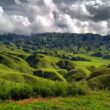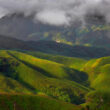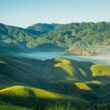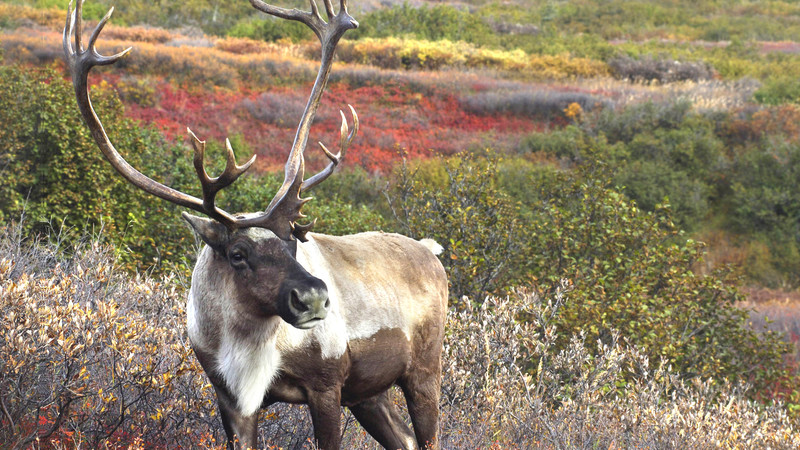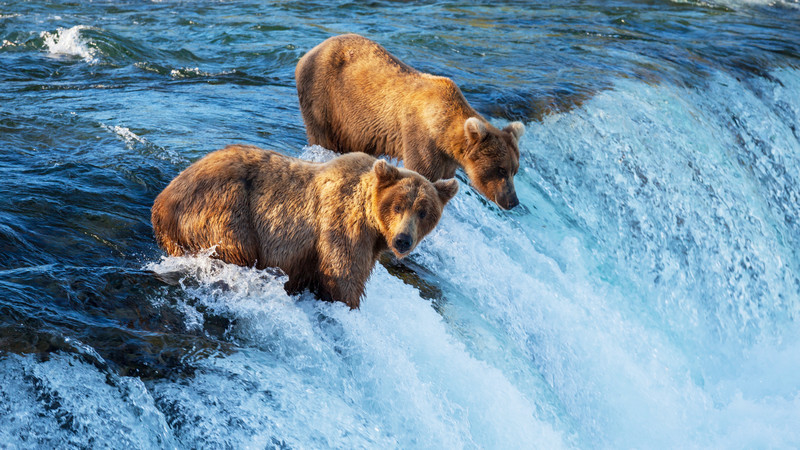It is one of the most spectacular wilderness destinations in the world, but there is so much to see and do in Alaska that planning a trip for the first time can seem overwhelming. From what to pack to the best places to visit before booking a trip to the largest US state, here’s everything you need to know.
Where to go Alaska

Alaska
Unless you have a month or two up your sleeve, you’ll need to make a selection with your Alaska itinerary. For those flying into Anchorage, destinations including the Kenai Peninsula, Prince William Sound, Denali National Park, and Exit Glacier top the list of the most must-sees. All areas can be wrapped up in a two- to the three-week itinerary, although many visitors choose two or three major areas to explore in a shorter time frame.
You can also fly into Alaska’s remote capital, Juneau, and go on whale-watching and glacier-watching excursions from there. If you’re transiting through Anchorage, don’t miss a visit to the excellent Alaska Native Heritage Center, the Anchorage Museum, and microbreweries like 49th State.
What to do Alaska

Alaska
From hiking to kayaking to glacier walking, Alaska is the ultimate destination for outdoor adventure. About a two-and-a-half-hour drive south of Anchorage, Kenai Fjords National Park is the smallest in the state but offers some great opportunities to explore Alaska’s rich glacial landscape. Only a 10-minute drive from Seward, you can see (and even go hiking) Alaska’s famous Exit Glacier. The Seward Preserve is also the jumping-off point for kayaking experiences around Resurrection Bay (part of the national park), where all kinds of marine life can be seen.
There can also be excellent kayaking around Homer, about a three-and-a-half-hour drive south of Seward, while Whittier (at the top of the Kenai Peninsula) and Valdez (on the north-east coast of Prince William Sound) are prime access. Points for kayaking adventures around the Sonic. Available as an optional activity on this tour, the Columbia Glacier Kayaking Day Trip is an absolute must in Valdez.
Wildlife you’ll see

Alaska
If you’ve come to Alaska for wildlife viewing, you won’t be disappointed—but be prepared to put in the work for it. The Kenai Peninsula is one of the most accessible places to see brown bears during the summer months – try Hidden Creek between Copper Landing and Stirling, or Humpy Creek near Homer. It’s a little more difficult to secure the classic shot of bears catching salmon in their mouths at Brooks Falls in Katmai National Park, which is only accessible by boat and plane (as is nearby Kodiak Island for its endemic Kodiak bears). But if you’re lucky, you may see brown bears feasting on salmon on Alaska waterways any number of times during the summer months.
Denali National Park and Wrangel-St. Elias National Park is also a shelter for big games including moose, caribou, Doll’s sheep, and more. If you don’t see any in the wild, consider dropping by the Alaska Wildlife Conservation Center south of Anchorage, where you can easily spot orphan and injured wildlife, from bison to bobcats.
For marine life, Prince William Sound, Kenai Fjords National Park, and Glacier Bay National Park are major attractions, all of which are home to sea otters, seals, sea lions, sea otters, Doll’s porpoises, a host of critters including several species of whales. Turns off the smorgasbord. Joker faced Puffin and more. Fly-in polar bear viewing tours are also possible on Alaska’s Arctic Coast from Fairbanks and Coldfoot.
When to visit Alaska
Mid-May to mid-September is Alaska’s prime tourist season. The weather is generally warm, wildlife is active, and most tourist services are operational. Services shut down dramatically outside of these times (and the roads can be snowy), but the winter months make way for other activities such as heli-skiing and dogsledding.
What to pack
Even at the peak of summer, the weather in Alaska can change quickly. Wet weather gear is essential (a rain jacket and pants are more effective than an umbrella), such as sturdy (ideally waterproof) running shoes, and lots of layers. Be careful with sunscreen when visiting glaciers, as snow reflects up to 80 percent of UV radiation.
Bug spray will also come in handy, and if you plan on hiking or camping in the woods, you may want to consider buying bear spray, which works like capsicum spray. If you’re hoping to keep your own salmon, don’t forget to purchase a fishing permit from the Alaska Department of Fish and Game.
Top tips
Wilderness Smart: Whether you’re joining a tour or traveling independently, it’s imperative to pay attention to bear safety and responsible hiking, kayaking, and camping practices. Adhering to the ‘Leave no trace’ philosophy will ensure that your journey will not harm the pristine environment.
Money and Tipping: Alaska’s relative isolation drives up prices across the board, with many visitors choosing to camp and self-mine (at more than 400 campsites!) to keep costs down. Alaska follows the standard US tipping culture – about 15% for a sit-down meal, US$1-2 per drink ordered at the bar, and US$1-2 to assist with your luggage. The average tip for a tour guide is 10-20% of the tour cost per person.
Driving: Alaska may be full of oil, yet fuel stations may be several hundred kilometers away. It’s worth carrying an extra can of fuel if you’re self-driving, and be sure to keep your eyes peeled for the wildlife that often ventures out onto the road. If you plan to venture onto the Dalton Highway, or plan to take a road trip anywhere in the state outside of the summer months, you’ll need snow tires or chains, experience driving on snow, and the appropriate insurance. Will be
Eating out: Like fuel stations, eating places can be few and far between in more remote locations, and many restaurants have shorter opening hours. While vegetarians should have no problem traveling in Alaska, most menus tend to be meat-heavy, and fresh produce isn’t always available.
Important Links
- Alaska airlines (Link)
- Fairbanks Alaska (Link)
- Alaska Air (Link)
- what time is it in Alaska (Link)
- Alaska map (Link)
- Alaska cruise (Link)
- Alaska time zone (Link)
- Alaska Weather (Link)
Similar Articles

